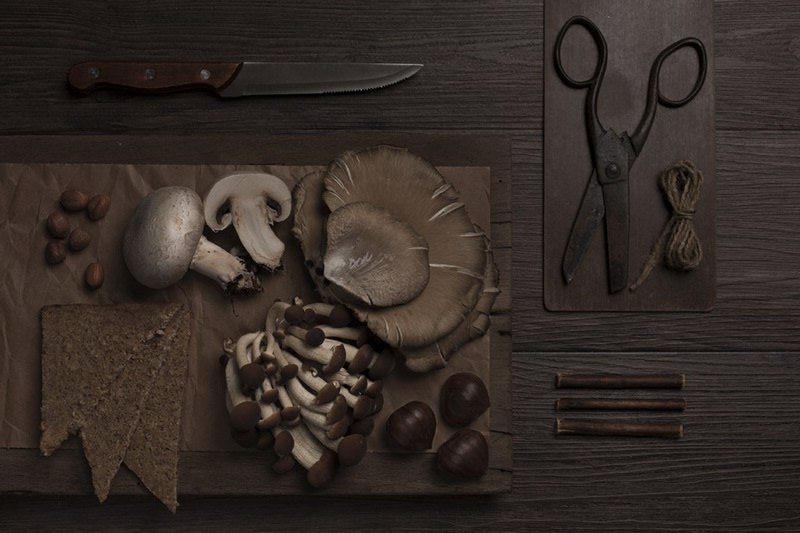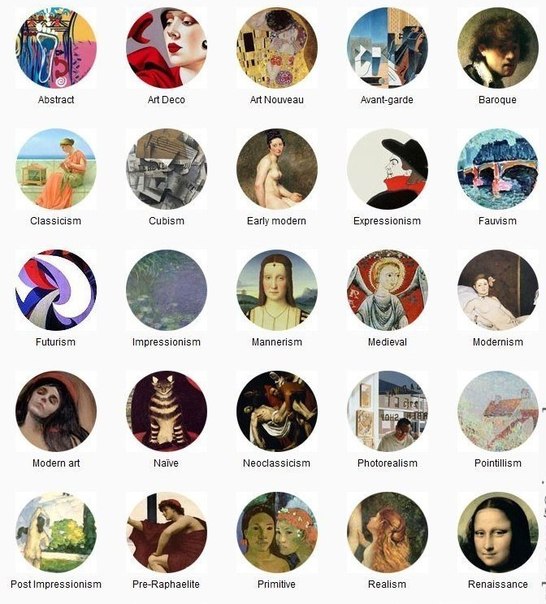Every day we have to memorize more and more information. Often in everyday life and at work we have to urgently memorize what we will forget the next day. It turns out that learning foreign languages, memorizing art styles and exam tickets may not be cramming, but an interesting game called mnemonics. Anastasia Shatalova, a teacher of mnemonics and speed reading at the educational center "Unium", told our readers about its main methods.
Anastasia Shatalova
Mnemonics is a set of methods for memorizing various types of information based on building associations. Its indisputable advantage is that mnemonics slows down the aging of the brain. An association is a neural connection, so the more associations you come up with in your life, the more neural connections you create. The more neural connections are made in your brain, the slower it ages.
All mnemonic methods work through associations that we create according to the five golden rules. It is most convenient to compare them with five fingers of a hand.
Five golden rules of association can be seen by hovering over the picture.
Anastasia advised several clever and interesting methods of memorizing a wide variety of information.
1. Method « chains »
One of the simplest mnemonic techniques. The essence consists in pairwise connection of images in a certain sequence.
Very handy for memorizing a grocery list. First, we associate soap with washing powder with a semantic association. Then we come up with a ridiculous picture of how we soap a tomato. We associate it with other vegetables from the list, for example, celery. Let's imagine another ridiculous association that a celery stalk is a sword that fights with a stick of sausage. So we will not forget to go to the sausage department.

Food photographer Isabella Facci
We'll explain later why our expert insists on avoiding written grocery lists and insists on keeping things in mind.
2. Memorizing art styles
The chaining method makes it easy to memorize art styles. For example, one of the famous directions in painting - pointillism.
Pointillism is a stylistic direction of neo-impressionism, which is based on the manner of writing with separate strokes of the correct, point or rectangular shape. One of the founders of this genre was the artist Georges-Pierre Seurat. Simply put, this is painting with bright dots of a certain shape.
Georges-Pierre Seurat, "Sunday Afternoon on the Island of La Grande Jatte" (1884)
To memorize, we will use the five golden rules of association and the chain method. Imagine a ballerina who stains her pointe shoes with bright paint. The dancer deduces ornate steps and leaves a picture of bright points behind her on the stage. The ballerina moves a little further and knocks over a jar of yellow sulfur with her foot. The curtain of our association. Pointe shoes with bright dots - pointillism, a jar of gray - Georges-Pierre Seurat.

Petr Kozlov, "Ballet"
The same method can be used to memorize other, at first glance, styles. We are very interested in what kind of association you come up with for mannerism or fauvism, so we will be happy to read them in the comments to the article on our Facebook page.

3. Remembering names
Who among us has not got into a situation when at a party you are introduced to twenty different people at once. You will not remember all of them, and after all, a conversation with each of them can become not only pleasant, but also useful. In order not to get into an awkward situation, we will use the method of phonetic associations.

A still from the movie "The Great Gatsby", dir. B. Luhrmann
If we meet a girl Masha, who will probably be in your company, we imagine that she is waving her arms. Imagine that Olya is pouring water, and Lyuba is surrounded by love. Thus, if after the third glass of wine you forget the name of that pretty girl who is bored in the chair, you will certainly remember that this is Masha.
4. Memorization of foreign words
Most often, when memorizing the vocabulary of a foreign language, they use Atkinson method... A classic example on which this method is disassembled: memorizing the English word pillow (pillow).

We find a phonetic association that is similar in pronunciation to "pillow". The first thing that comes to mind for many is a saw. Then, in our head, we already use a semantic association and present a saw and a pillow in a pair. We use the five golden rules of association and paint a ridiculous picture of us sawing a down pillow. Imagine how feathers are flying in all directions, how one of them even got in your nose, and you sneezed. Detailed visualization is very important because your emotions will only strengthen the memorization process. At the same time, Anastasia advises us not to get carried away - after all, this is an association of one word, and not of the whole book.
If, while communicating with a foreigner, you need to say the word "pillow" in English, you will remember that in our association we sawed a pillow. The desired word is instantly reproduced in memory - pillow. Atkinson's method is also applicable to longer, more complex words such as entertainment. A compound word can be broken into parts and two associations can be combined with each other at once.
Why else do you need mnemonics?
Remember how you used to study tickets at university? On the last night, re-reading them hundreds of times in order to safely forget everything the next day. With the help of associations, you can not only remember information the first time, but also save it in long-term memory. Perhaps this is the most important of all the invaluable advantages of mnemonics.

Still from the film "Operation Y" and other adventures of Shurik, dir. L. Gaidai
“Mnemonics is one of the most promising areas that really allows you to develop thinking. It is important that people who regularly use these methods in everyday life automatically expand their memory reserve. ”Let's say that if we memorize a list of seven to ten purchases three times using associations using the chain method, then for the eleventh time we will not even build associative rows, but quickly remember what is written on the piece of paper the first time.
At first, using the association method will seem difficult, and it really is. Who knows, maybe soon using these methods will be your favorite pastime to escape from the routine of work.